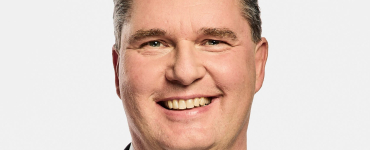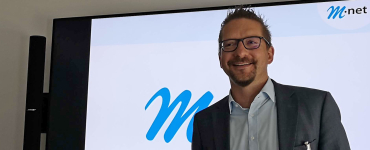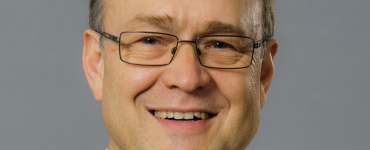How can an infrastructure provider optimise resilience in the network? Wolfram Rinner, Managing Director of GasLINE GmbH & Co KG, talks about this in an eco interview.
How does GasLINE define resilience for infrastructure?
GasLINE is a provider of fibre optic infrastructure for telecommunications and data transmission. For GasLINE, resilience refers to protecting the infrastructure against disruption and sabotage. GasLINE pursues various measures to achieve this, such as:
- The optical fibres are consistently laid one metre deep into the ground outside built-up areas to protect them from damage.
- A large part of the fibre optic routes is located in the protective strips of gas pipelines, which also offer a high level of safety.
- The infrastructure is regularly maintained and monitored in order to prevent or quickly redress failures.
GasLINE sees resilience as a major factor for the quality and reliability of its services. The infrastructure connects critical areas such as energy supply, healthcare or rail transport. Therefore, it is essential that it functions and is protected at all times.
How can an infrastructure provider optimise resilience in the network and what is the priority for action?
- Self-sufficiency: The ability to function independently of external resources, e.g. through the use of internal teams in maintenance, battery backups to ensure network operation during power outages.
- Redundancy: The availability of alternative or additional resources that can be used in the event of a failure, e.g. by building parallel or overlapping infrastructures or creating reserves.
- Impact minimisation: The limitation of the negative consequences of an incident for users and the environment, e.g. through the use of emergency plans or damage limitation measures such as the construction of fibre optic rings and meshes.
The priority for action depends on the nature and extent of the risks to which the infrastructure is exposed. Technical as well as operational and strategic factors play a role. Some examples of possible measures are:
- Integrating risk management into the corporate culture and decision-making processes to promote a risk-ready attitude and avoid silos.
- Collaborating with other actors in the network to exploit synergies, share information and find common solutions.
Optimising resilience in the network can not only increase the safety and reliability of the infrastructure, but also have positive effects on customer satisfaction, cost reduction and profitability.
Does GasLINE perceive an increased awareness of German KRITIS (critical infrastructures) and preparedness in terms of resilience requirements among customers from the telecom market?
The telecom sector is particularly important for the interconnection and communication of other CRITIS sectors. The German KRITIS Umbrella Act is a new act that regulates the national implementation of the EU Directive on Critical Facilities Protection (EU 2022/2557). It obliges the operators of critical facilities to prepare resilience plans and to prove them every two years. The act is planned to become effective on 01.01.2026 at the latest. This will also have an impact on GasLINE, as our customers will require the corresponding precautions on the infrastructure side as well.
Mr Rinner, thank you very much for the interview!




